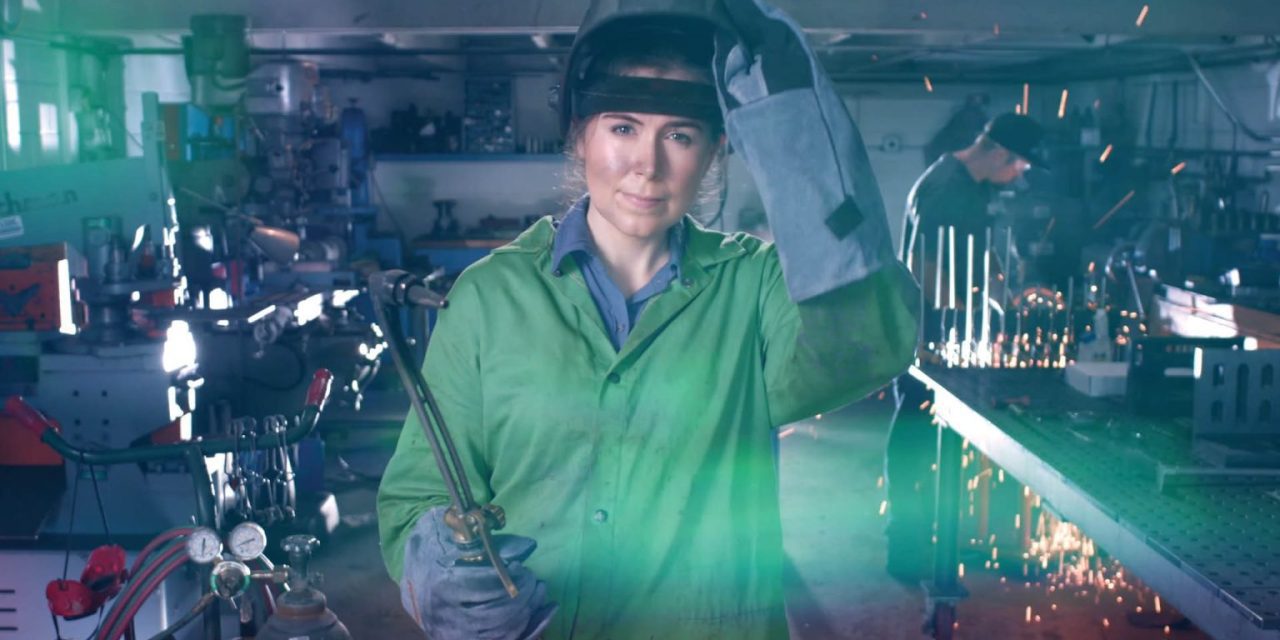UNBLAND YOUR BRAND
A strong health brand excites emotions, energizes audiences, and draws people into your operational orbit. Without one, even your most powerful marketing launches will fizzle.
We elevate brands to rise above the rest. That starts with a deep dive into your DNA plus consumer and market research using predictive analytics and machine learning. Then, we reveal the essence of your organization and develop compelling, authentic brand campaigns that attract customers, retain employees, and send your growth strategy into the stratosphere.
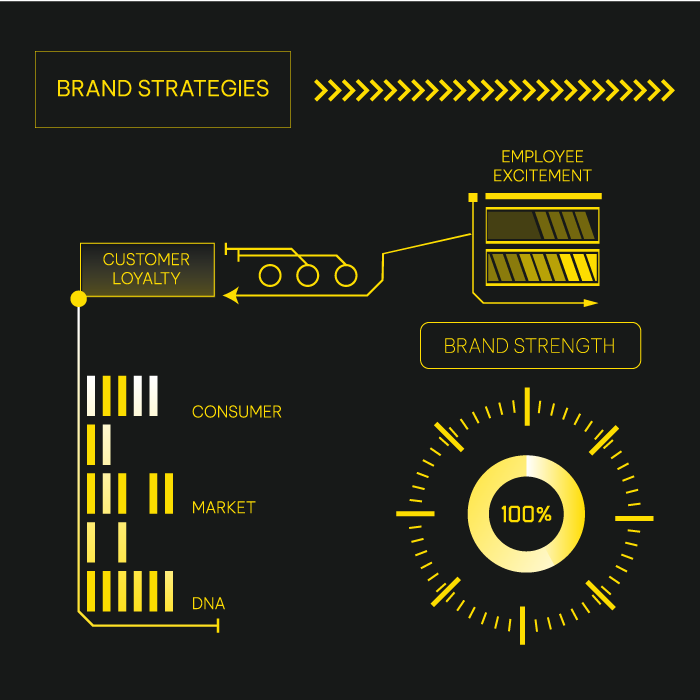

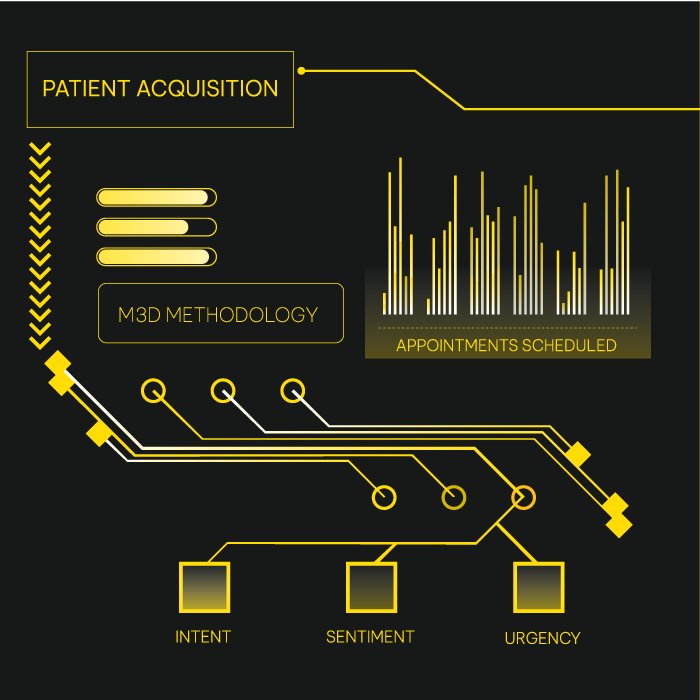

PATIENTS ARE A VIRTUE
The decision-making process for health consumers is shifting from an offline, physician-led model to an online, patient informed one – powered by search engines, social media influencers, “Dr. Google,” and the latest digital tools.
Our proprietary M3D Methodology offers a meticulously structured framework for crafting campaigns that resonate with these newly empowered healthcare consumers. By mapping Medical Intent, Medical Sentiment and Medical Urgency, we’re able to deliver results that consistently outperform industry benchmarks and attract the patients you need to succeed.
MORE PROS. NO CONS.
Business leaders are hungry for help. But they despise deception, and they send spam straight to the can. Expecting them to open an unwanted email or peruse your latest news is a non-starter.
The answer? Serve them heaping helpings of high-value content and resources that benefit their lives, their customers, and their bottom lines. We leverage the latest technology like geotargeting, point-of-care marketing, LinkedIn Conversation Ads, and more to get past the gatekeepers and help you earn the attention, trust and business of the pros you need to know to grow.
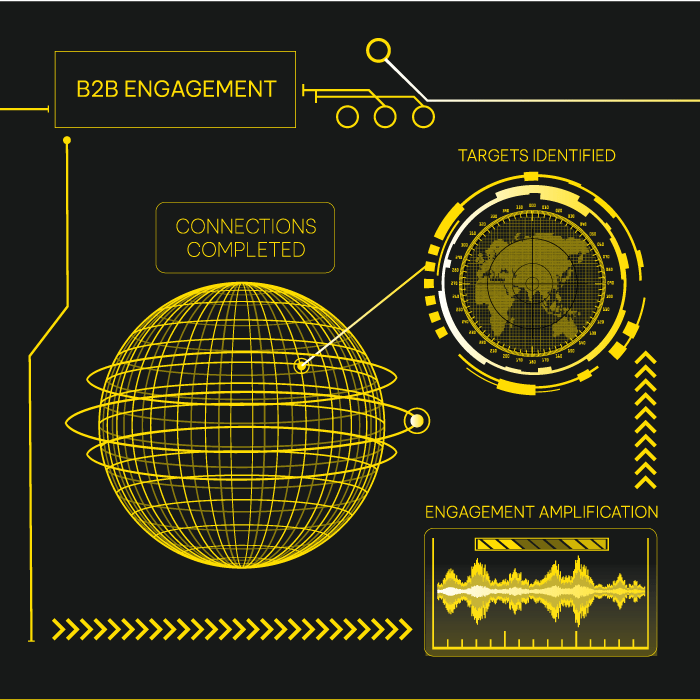

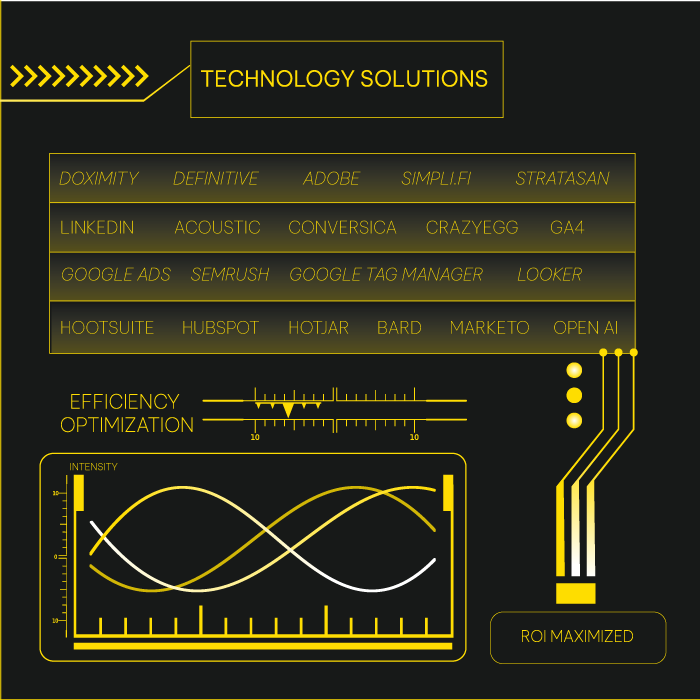

ARTIFICIAL INTELLIGENCE. AND THE OTHER KIND, TOO.
The robot army is on the march. But humans who know the “ones and zeroes” are the real heroes. In the battle for health consumer eyeballs, the winning strategy is man + machine.
We partner with top tech platforms like Google and Meta and leverage the latest data-analytics and AI-powered tools from Semrush, Microsoft and others to maximize your marketing strategy for the modern day. That means your campaigns will be ready for action right out of the gate. The only FOMO you’ll feel is Freakishly Optimal Marketing Outcomes.
UNBLAND YOUR BRAND
We elevate brands to rise above the rest. That starts with a deep dive into your DNA plus consumer and market research using predictive analytics and machine learning. Then, we reveal the essence of your organization and develop compelling, authentic brand campaigns that attract customers, retain employees, and send your growth strategy into the stratosphere.
PATIENTS ARE A VIRTUE
Our proprietary M3D Methodology offers a meticulously structured framework for crafting campaigns that resonate with these newly empowered healthcare consumers. By mapping Medical Intent, Medical Sentiment and Medical Urgency, we’re able to deliver results that consistently outperform industry benchmarks and attract the patients you need to succeed.
MORE PROS. NO CONS.
The answer? Serve them heaping helpings of high-value content and resources that benefit their lives, their customers, and their bottom lines. We leverage the latest technology like geotargeting, point-of-care marketing, LinkedIn Conversation Ads, and more to get past the gatekeepers and help you earn the attention, trust and business of the pros you need to know to grow.
ARTIFICIAL INTELLIGENCE. AND THE OTHER KIND, TOO.
We partner with top tech platforms like Google and Meta and leverage the latest data-analytics and AI-powered tools from Semrush, Microsoft and others to maximize your marketing strategy for the modern day. That means your campaigns will be ready for action right out of the gate. The only FOMO you’ll feel is Freakishly Optimal Marketing Outcomes.

